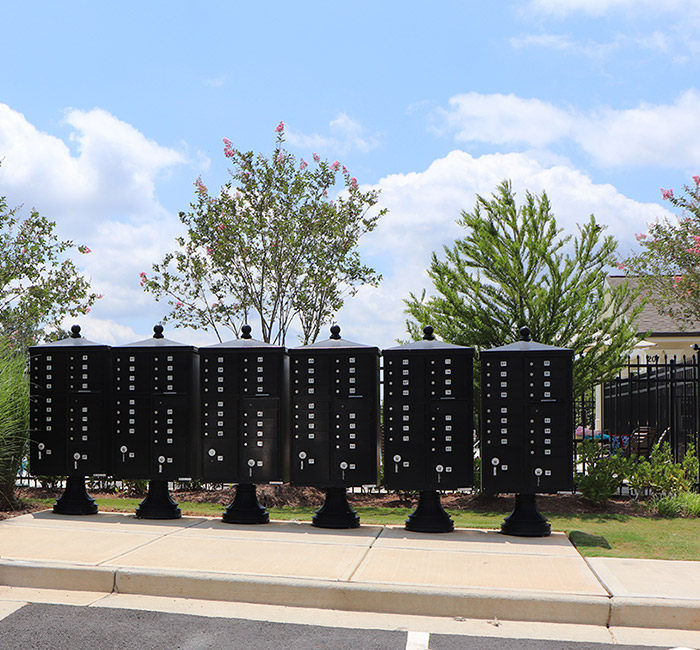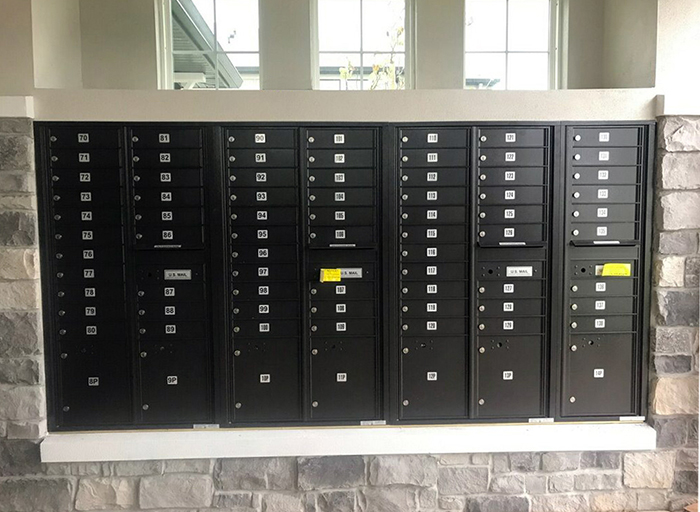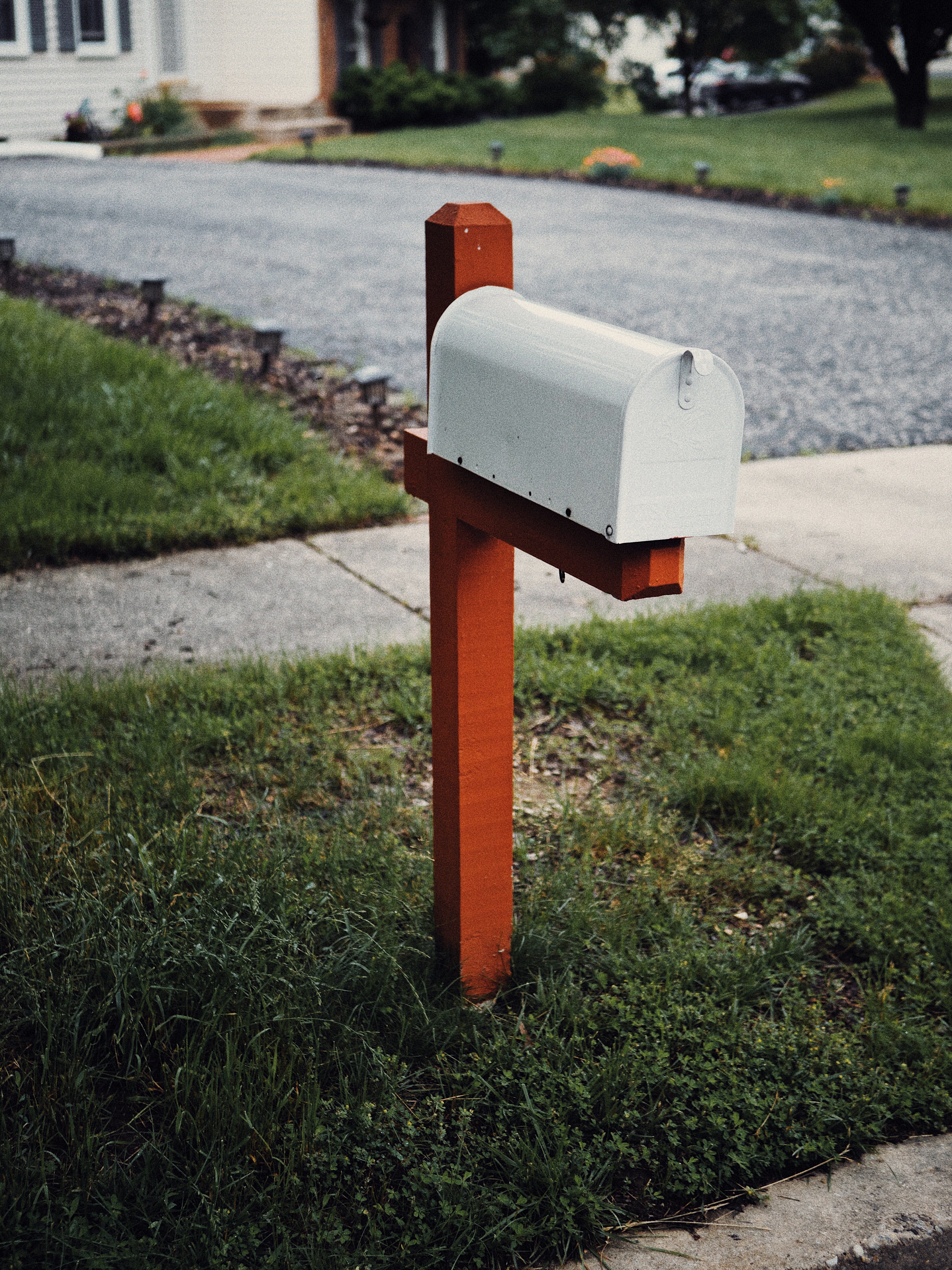Blog
The Importance of Entrance Signs for Neighborhoods and Communities
Friday January 31, 2020Entrance signs play an important role in the aesthetics, as well as function, of neighborhoods and residential communities. Also known as entrance signage, they are installed at the entrance where they provide essential information to residents and travelers alike. Unfortunately, some developers overlook the importance of entrance signs, resulting in a lackluster neighborhood or community. By using a high-quality entrance sign in your neighborhood or community, you'll reap the following benefits.
5 Myths About Carrier Signal Flags in Mailboxes
Monday January 20, 2020It's not uncommon for mailboxes to feature an adjustable flag on the right or left side. Known as the carrier signal flag, it's commonly used by homeowners and business owners to alert mail couriers to the presence of outgoing mail. If a mail courier sees the carrier flag raises, he or she will know that there's outgoing mail that needs to be collected. While you're probably familiar with the basic purpose of carrier signal flags, there might be some things you don't know about them. Below are five common myths and misconceptions about carrier signal signals in mailboxes.
Why Cluster Box Units Make Sense for Your Neighborhood
Monday December 30, 2019In any neighborhood or HOA-managed community, selecting the right mail delivery system is more important than it first appears. While traditional curbside mailboxes remain common, they’re no longer the only—or even the best—option. More and more residential developments are switching to Cluster Box Units (CBUs) for their centralized design, enhanced security, and superior efficiency. As CBUs become the preferred mailbox system in new builds and planned communities, it’s clear why: they offer better long-term value, streamline postal operations, and help modern neighborhoods meet both USPS guidelines and resident expectations.
Explore 6 CBU AdvantagesAre STD-4C Mailboxes Secure? Here's What You Should Know
Friday December 27, 2019The United States Postal Service (USPS) delivers over 150 billion pieces of mail each year in the United States -- a number that's expected to increase in 2020 and the years to follow. If you're developing a neighborhood or residential community, you should choose highly secure mailboxes to protect against mail theft. While conventional curbside mailboxes are always an option, STD-4C mailboxes may offer an even higher level of security.
The Jorolemon Mailbox: How It Influenced Modern-Day Mailbox Designs
Monday December 16, 2019Have you heard of the Joroleman mailbox? Even if you're unfamiliar with it, you've probably encountered mailboxes featuring its iconic and classic design. The Joroleman mailbox's rectangular-dome design has become synonymous with residential curbside mailboxes. To learn more about this iconic mailbox and how it influenced modern-day mailbox designs, keep reading.






